RESULTS OF NRMP-3 (THURSDAY JUNE 2) AND NRMP-4 (MONDAY JUNE 6) SESSIONS AND OTHER JUNE OBSERVATIONS

MCSI sends a hearty thank you out to all of the volunteer monitors who participated in the 2016 National Roost Monitoring Program. We are fortunate to have many of you continue to monitoring roost and nest sites through the summer months. We also are lucky to have people take the time to report their opportunistic observations – it is appreciated very much. Here is the mid-June update of your activities…
ADDITIONAL OPPORTUNISTIC OBSERVATIONS PRIOR TO NRMP-3 (JUNE 2):
1. In Winnipeg, Jessica spotted a pair of swifts flying north into the exchange district from McDermot and Waterfront, around noon on June 1.
ADDITIONAL NRMP-3 (JUNE 2) RESULTS:
1. Nathalie and Jacques had 2 swifts roost at their St Joseph St site in St Boniface; a lot of aerial activity was seen over and behind the chimney.
2. Summer, at an apartment building in Fort Rouge, enjoyed watching 10 swifts – 5 of them roosted.
3. Chris, at Foodfare in Wolseley, saw 3 flying swifts but none entered the chimney.
4. David, Adolf, Beth, Peter & Elsie monitored several St James sites: 1 swift entered the Kings chimney; 0 used the Carillon site; and the evening was made observing 142+ swifts enter the Assiniboine School roost.
5. In St Jean Baptiste, Luc greeted the resident pair which continues to use the church nest site.
6. Tim and Gillian did a wholesale blitz in Souris. Five swifts entered Murphy’s Irish Pub while a single swift was seen dropping into the Chocolate Shop Café east chimney. Other chimneys in their lines-of-sight were kept in view with positive results; nominally, 1 swift entered St Paul’s United Church, 1 entered the White House private residence, 1-2 entered the Hillcrest Museum east chimney, and 1-2 entered the Hillcrest Museum west chimney. Thanks Tim and Gillian for spending a very rewarding evening in a town where we have no regular monitors!
ADDITIONAL OPPORTUNISTIC OBSERVATIONS BETWEEN NRMP-3 (JUNE 2) AND NRMP-4 (JUNE 6):
1. Jessica spotted a pair passing overhead around Traverse and Bertrand (just east of St Boniface hospital) on June 3.
2. On June 5, Robert documented a late morning entry at the Selkirk Infirmary; nest site status was confirmed.
NRMP-4 (JUNE 6) RESULTS:
1. David, at his La Broquerie church site, had 5 swifts roost for the night. Interestingly, the second last bird to roost had many ‘near miss’ fly-bys – this is a sign of a bird which is unfamiliar with the chimney. The chimney was a successful nest site last year; sometimes you get 1-2 helper birds share some of the work which could partially explain >2 swifts being in the chimney. Given that we have had a late migration this year, these “extras” could be swifts which will continue to pass through the area. We appreciate David’s season-long monitoring approach, so hopefully, we will get an update on his birds…
2. Ken and Jan had 10 roost in Dauphin; the numbers have plummeted since the peak of 49 peak on May 29. The major dispersal occurred beyond June 2, which is likely too late for successful breeding if adults were involved. No pesky mosquitoes were noted.
3. Nathalie and Jacques, back at 690 St Joseph St, finished the NRMP season with 2 swifts roosting in their site.
4. Tim got skunked again at the Fort Rouge Leisure Centre. He noted “Another blank last night. There were 4 birds on the wing further south. They disappeared before 9pm, either into chimneys in Beresford or to a mystery location further south. There was a Peregrine flying over at 9:22. Does seem that local numbers are down this year, certainly I recorded more activity in the South Osborne area in 2015.” So even our fearless coordinator has been inflicted with the “big zero” evening.
5. Success was found over on Academy Rd in River Heights. Derek followed the movements of a group of 3 and another group of 4 or 5 swifts – just at curfew 1 swift entered, then 2 more went down at 10:06 PM. Elsewhere, there were late arrivals and unaccounted for birds at the end of monitoring sessions. Derek is going to continue sleuthing for another active chimney site in the area. Thanks for going the extra distance Derek!
6. Gord monitored Trinity Church in Portage. Anther fortuitous discovery was made “It was a calm, clear and cool evening and the number of swifts have dropped by at least half, of which 5 were seen in the air at one time and one went into Trinity Church chimney #1. I suspected that some were roosting in the second chimney on Trinity Church and I can now confirm that this is the case. This is the first year that I have ever seen swifts use chimney #2 which has a clay-lined cap.” Gord has monitored the local swifts for 10 years and his experience shows that new things keep happening – even at old sites. With swifts, expect the unexpected! It is important to note that Chimney #2 is 10′ away from Chimney #1. The Kyle’s, who are Chimney Swift experts living in Texas, say that 10′ is the minimum acceptable distance between active nest chimneys; anything less causes competition between breeding pairs.
7. Jane Macdonald watching Assiniboine Links got skunked all season. Again. Last year, Jane was on special assignment at the Assiniboine Park Conservatory chimney and no swifts appeared. Jane, your patience and perseverance through all of this has been appreciated. Next year we will point you towards a productive chimney!
8. Marshall, at Riverside Billiards in St Vital, was another member of the Skunk Club.
9. Better news came in from Foodfare, in Wolseley, where Chris had daytime entry/exit events and at least 1, if not 2, swifts roosting for the night.
10. Two other Wolseley sites were active – Christian had 2 entries at the Fleetwood Apt and Colin had 2 in at his Evanson St apartment building.
11. Jessica spent the season at Springs Christian Academy, in St Boniface, where 2 swifts roosted each of the four NRMP nights. However, no daytime activity has occurred in June. Generally, the swifts are late getting their nests started this season so some activity may have begun after June 6.
12. Cam and Diann recorded 2 swifts roosting in the Lac Du Bonnet Physiotherapy site, 0 at Casey’s, and again, 1 was on the wing at the end of the observation period.
13. Anna, Adolf, Don, Jake, Beth, and David covered the St James chimneys – they noted: 2 in the Carillon, 3 in Kings, and 122+ at Assiniboine School with at least 8 arriving after the official end of the observation period. Entries of after-curfew swifts around the province this spring are blowing our “end times” away…
14. The Selkirk Birders Club were out in force: Winona had 2 entries at the Merchants Hotel; similarly, Sharon and Carol had 2 in the Manitoba Ave chimney; over at the hospital grounds, Gerald and Robert noted 2 entries at the Yellow Brick chimney; Gerald and Robert recorded 25 at the Large Stack – yes, more swifts came in after the end of the roosting hour period and 1 was unaccounted for. The maximum count for the Large Stack was on NRMP-1 (33 roosting) so we don’t know if the true season maxima came before May 25. At the Infirmary site, Robert saw strong evidence of nest building but had 1 roosting swift; it is likely that 1 swift was inside the chimney at the beginning of the observation period but it didn’t get “picked up” due to the sequence of entries/exits.
15. In St Jean Baptiste, Luc observed one exit then 2 swifts entered the church chimney for the night. Luc saw 4 in the air, so again, the unaccounted for swifts suggest that more active habitat needs to be located.
16. Back in Winnipeg, John, at his William St site, had 1 in and 3 in the air (on June 2 four went in and 5 were in the air), so yet another round of unaccounted for swifts at bedtime occurred.
17. Margaret and Millie, in Brandon, toughed out a chilly 16 C night – the forecast low was 5 C. No daytime activity was seen but 2 swifts roosted for the night.
18. Lucy has been monitoring the St Norbert Parish Church for all 4 NRMP nights. Not only was there no activity in the chimney, Lucy had no aerial observations either. This site looked like a sure thing when Blaire identified it last summer. Lucy, thanks for joining in this year and I can only explain your empty skies with the curse of new recruits!
19. The St Adolphe nest sites were monitored with mixed results: breeding pairs were active at the Church, where Frank and Ken were watching, and at NE Club Amical where Kathy and Rob held vigil by the chimney sides. No swifts came into the SE Club Amical chimney. At Brodeur Bros, Jacquie had a single roosting swift and at Main St., I also had a single roosting swift. So, only 2 of the 5 nest sites had pairs onsite – the poorest start to the breeding season since 2007!

A GENTLE REMINDER – IT IS TIME TO WING IN ANY NRMP RESULTS THAT HAVE NOT BEEN SENT IN YET…..
POST NRMP-4 (JUNE 6) OPPORTUNISTIC OBSERVATIONS:
1. In Wasagaming, Ken observed 5 swifts flying over the Visitor’s Centre on June 7; 2 swifts entered the chimney at 9:25 AM. This chimney has been a successful nest site in previous years.
2. On the evening of June 7, Cal was watching the Trinity United Church in Portage where 10 swifts were flying about; 3 roosted in the original south chimney and 7 were unaccounted for at the end of the session. The good question followed “this means nearly 1/3 of the sightings ended up in that chimney but where did the others go?”
3. Also on June 7, Jake spotted 2 swifts dropping into the 100 Roslyn chimney which he discovered last summer.
4. Stephen reported horticulture staff seeing swifts “checking out the big conservatory chimney in Assiniboine Park” on June 7 during the day.
5. Tim had better luck, between the bridge at Donald and Confusion Corner, on June 7 when he saw 6-12 swifts.
6. Frank and Jacquie took to the road again on June 9 – down in Otterburne, at Providence College, they saw 5 in the air and could account for 4 roosting birds. ALL of the final entries for the night occurred BEFORE the roosting hour: 2 in the chimney near bell tower; 2 in the Large Chimney (also a daytime exit which suggests a nest site); and 0 in the Skinny Chimney. Remember the approach about expecting the unexpected?!
7. ANOTHER NEW SELKIRK SITE was identified on June 10 by Winona. She saw 3 swifts flying about, then enter, the East Selkirk Hydro Stack. Thanks Winona for identifying the fifth new site in 2016! Gerald had checked this site out in previous years when no swifts were using it.
8. The numbers of swifts grew in Wasagaming. On June 9, Ken saw 8 flying in the vicinity of the Visitor’s Centre – 1 entry was made at 1:32 PM, a nesting attempt is definitely underway. Ken also observed 3, possibly 4, Chimney Swifts at the ski hill at 6:30 AM. We appreciate those long hours of swift watching that you put in for us Ken!
9. Garry’s good news is that the Watt St site continues to be active – two entry/exit cycles were see on June 11.
10. David, Beth, and Adolf took on the St James sites again on June 12: nothing entered the King’s site; 1 roosted at the Carillon; and 107 swifts went into Assiniboine School for the night. We really value the continued eyes on the big roost site as it informs us about arrival and dispersal dynamics. Thanks to you all for carrying on!
11. We welcome sightings from a new monitor, Joel, in The Pas – on June 10 he saw 1 swift north of the railway station; on June 13, 1 swift was seen flying over the provincial building across the street from the railway station; also on June 13, Joel heard a swift over the junction of Hazlewood/Fisher Avenue -a few minutes later, 2 swifts were seen flying over 5th Street and Larose (one being the same bird?) which is the area where Joel had reported a sighting on May 23. Joel notes “There are lots of old brick chimneys in the older parts of town, including a couple of large structures by the hospital that hold potential.” All the best for your sleuthing for habitat!
12. Leon, a longstanding volunteer in St Adolphe, saw 2 swifts drop into the SE Club Amical chimney at 7:15 AM on June 14; I saw a pair use the chimney later in the morning, so new birds are in town. There was also a pair using Brodeur Bros. chimney during the daytime on June 14 – the first time this season when 2 swifts have been noted to be onsite. The well established pairs continue nest building at the NE Club Amical and Church chimneys. The Main St residence was unused on June 14; the community total was 8 compared to 6 seen on the evening of June 6.
The news of late arrivals, and the possible redistribution of Chimney Swifts between nest sites in St Adolphe, adds to the season trend of late-roosting birds and many unaccounted for individuals at the end of the roosting hour. The spring migration has been unusual this year in many respects.
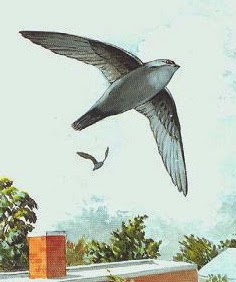 It is worth repeating our monitoring mantra – look up, look fast, anytime, and everywhere! Chimney Swifts are dynamic, gregarious, speedy birds. Their behaviour can be difficult to predict and challenging to interpret. To help understand the dynamics of Chimney Swifts in Manitoba, we build a framework of knowledge and fill it with the “puzzle pieces” you provide. ALL of your data from monitoring sessions and opportunistic observations is of value!
It is worth repeating our monitoring mantra – look up, look fast, anytime, and everywhere! Chimney Swifts are dynamic, gregarious, speedy birds. Their behaviour can be difficult to predict and challenging to interpret. To help understand the dynamics of Chimney Swifts in Manitoba, we build a framework of knowledge and fill it with the “puzzle pieces” you provide. ALL of your data from monitoring sessions and opportunistic observations is of value!
Again, thanks to all of our citizen scientist volunteers who participated in monitoring this spring. As we move into summer shortly, the solstice being at hand, keep in touch with us as your Chimney Swift sightings and monitoring sessions unfold…happy birding to you all!
Barb for the MCSI team – Frank (webmaster), Tim (coordinator), Christian, Ron, Neil, Lewis, Ken, Nicole, and Rob (steering committee members).
 It’s mid-August already. Our last blog update was at the end of July. Since then, the “radio silence” has not reflected an absence of Chimney Swift news. Rather, monitors have been inundating me with truly fascinating reports.
It’s mid-August already. Our last blog update was at the end of July. Since then, the “radio silence” has not reflected an absence of Chimney Swift news. Rather, monitors have been inundating me with truly fascinating reports.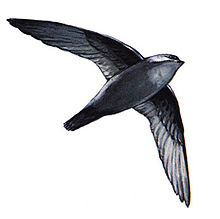 The next blog instalment likely will come when most of our sites have emptied. Until then, enjoy your last Chimney Swift sightings for 2016. If you feel inspired for just one more head count, send in your news. Your participation is always appreciated and the results are golden!
The next blog instalment likely will come when most of our sites have emptied. Until then, enjoy your last Chimney Swift sightings for 2016. If you feel inspired for just one more head count, send in your news. Your participation is always appreciated and the results are golden!
 My personal highlight of being involved in MCSI in the last couple of years is hearing different peoples stories of finding new sites for swifts in Manitoba and sharing their experiences. So far in 2016, 13 new site codes have been issued by Barb, which reflects brilliantly on the endeavours of MCSI volunteers. Each time a new site is reported, there is always a story to tell and this blog uses extracts from emails and a couple of personal accounts to give a impression of how these sites are found.
My personal highlight of being involved in MCSI in the last couple of years is hearing different peoples stories of finding new sites for swifts in Manitoba and sharing their experiences. So far in 2016, 13 new site codes have been issued by Barb, which reflects brilliantly on the endeavours of MCSI volunteers. Each time a new site is reported, there is always a story to tell and this blog uses extracts from emails and a couple of personal accounts to give a impression of how these sites are found.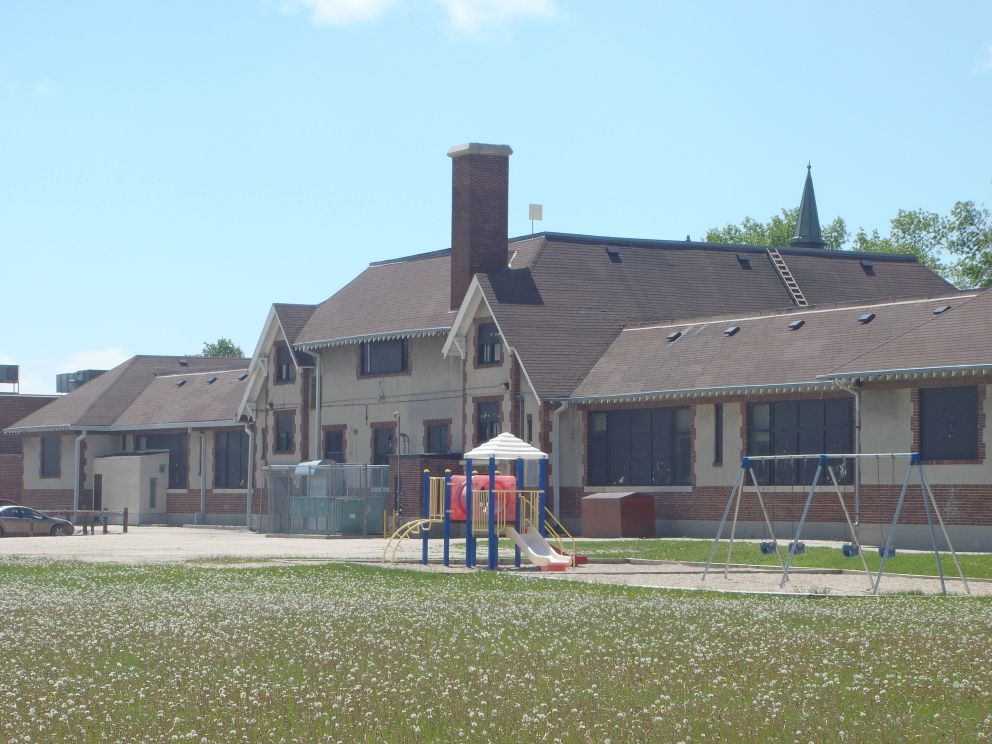
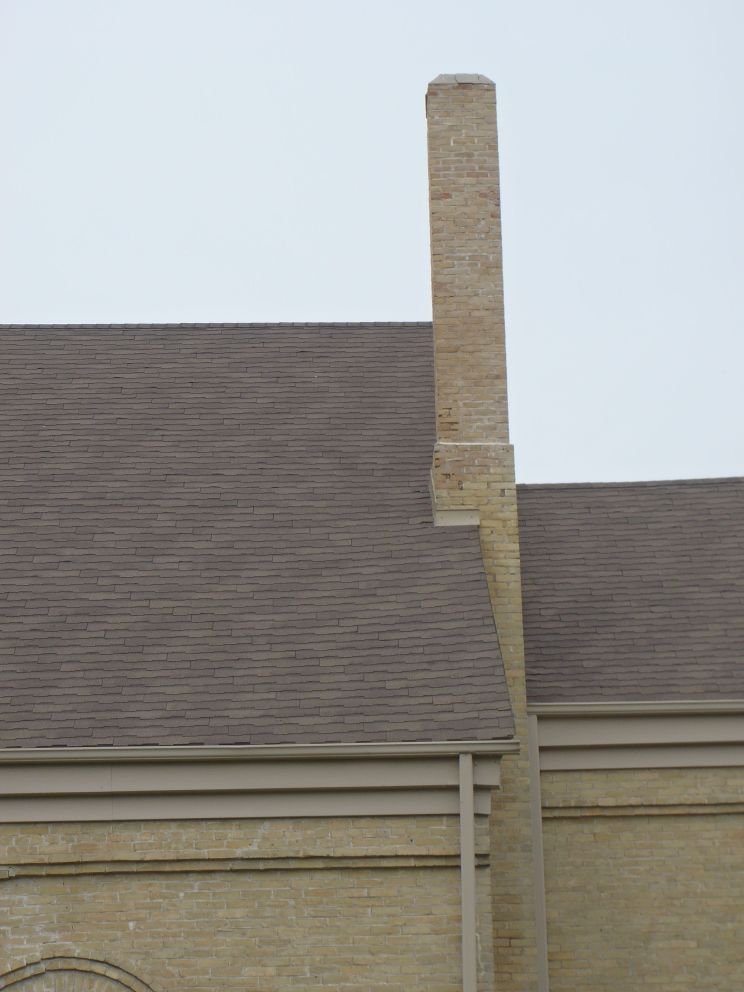
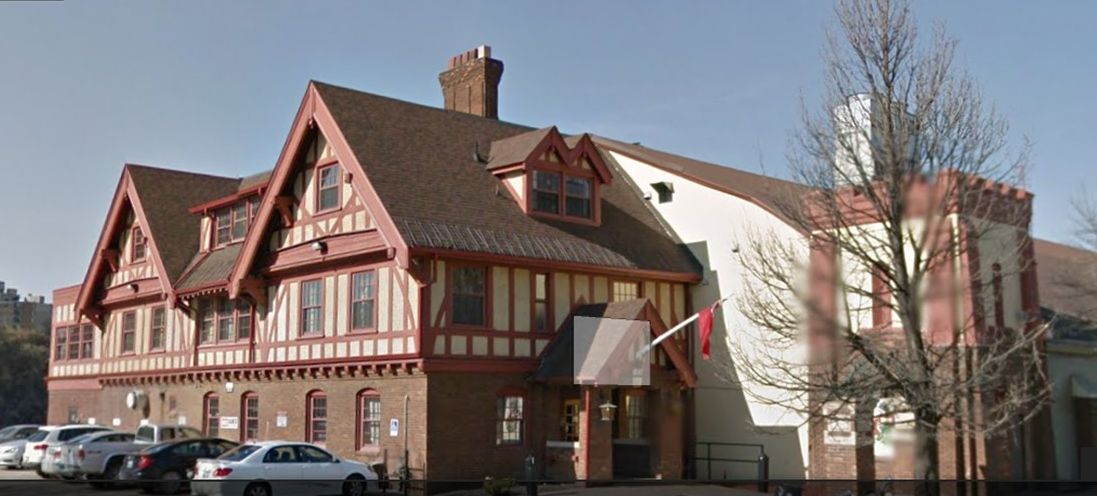
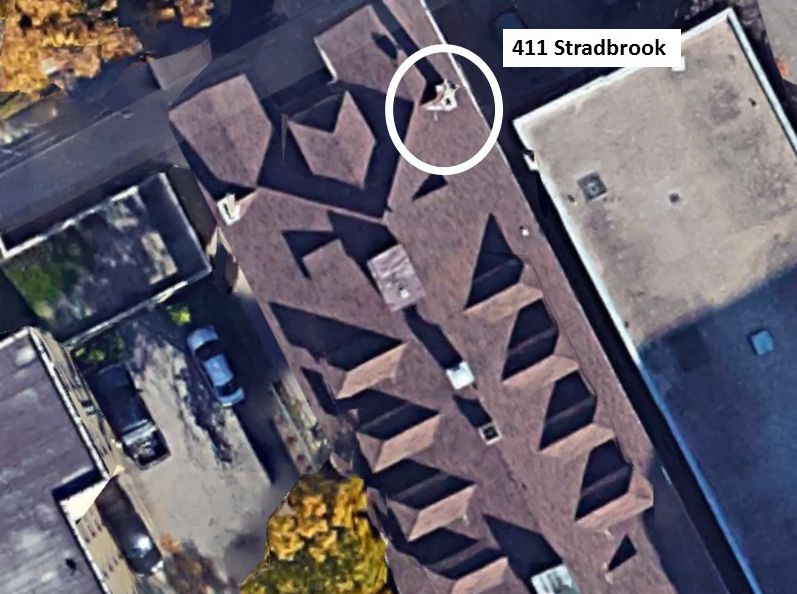
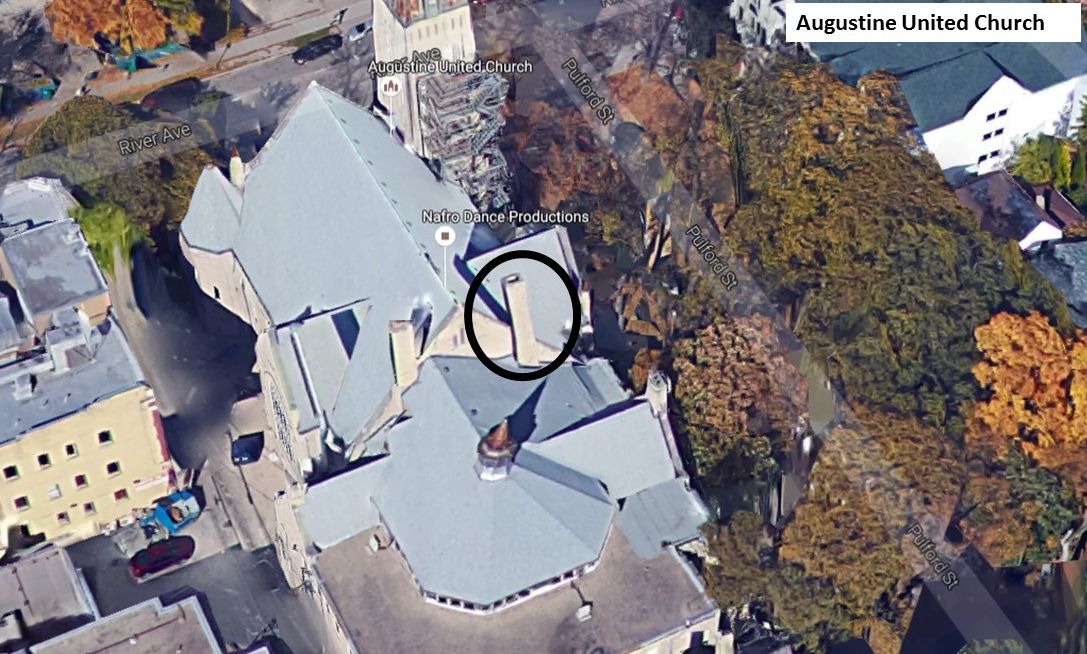
 Just as the “Heading Into The Home Stretch” edition was being beamed up to Frank, our webmaster, the postal service and web server delivered a delightful array of messages. Unfortunately, with a “black and white bush kitty” delivering a smelly spray to our naïve 14 month old golden retriever, skunky cleanup duties took over. Here are the news items submitted from that fateful night of July 26 through to the end of the month…
Just as the “Heading Into The Home Stretch” edition was being beamed up to Frank, our webmaster, the postal service and web server delivered a delightful array of messages. Unfortunately, with a “black and white bush kitty” delivering a smelly spray to our naïve 14 month old golden retriever, skunky cleanup duties took over. Here are the news items submitted from that fateful night of July 26 through to the end of the month…
 That’s a wrap for July – thanks everyone for such a strong monitoring push this past week.
That’s a wrap for July – thanks everyone for such a strong monitoring push this past week.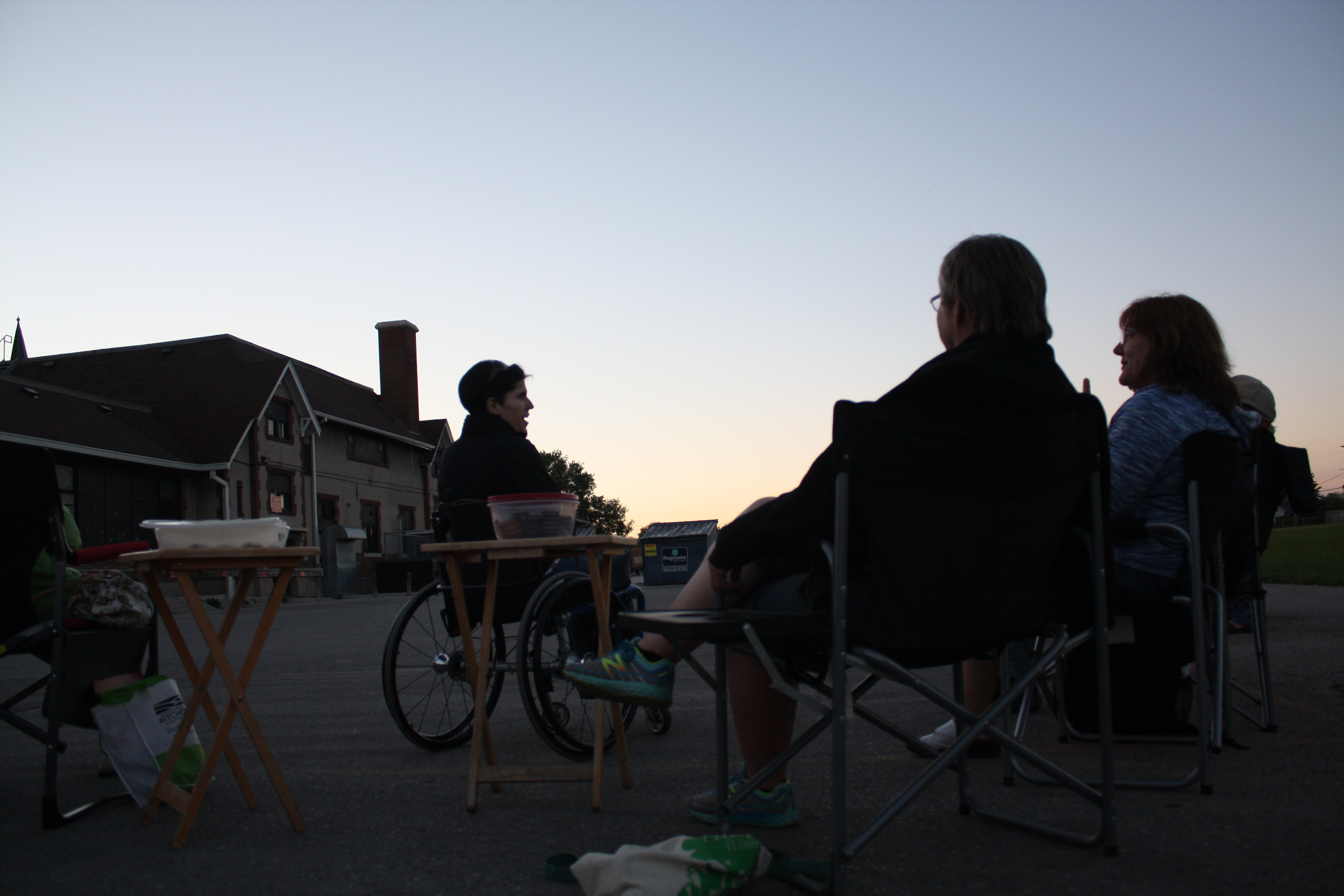
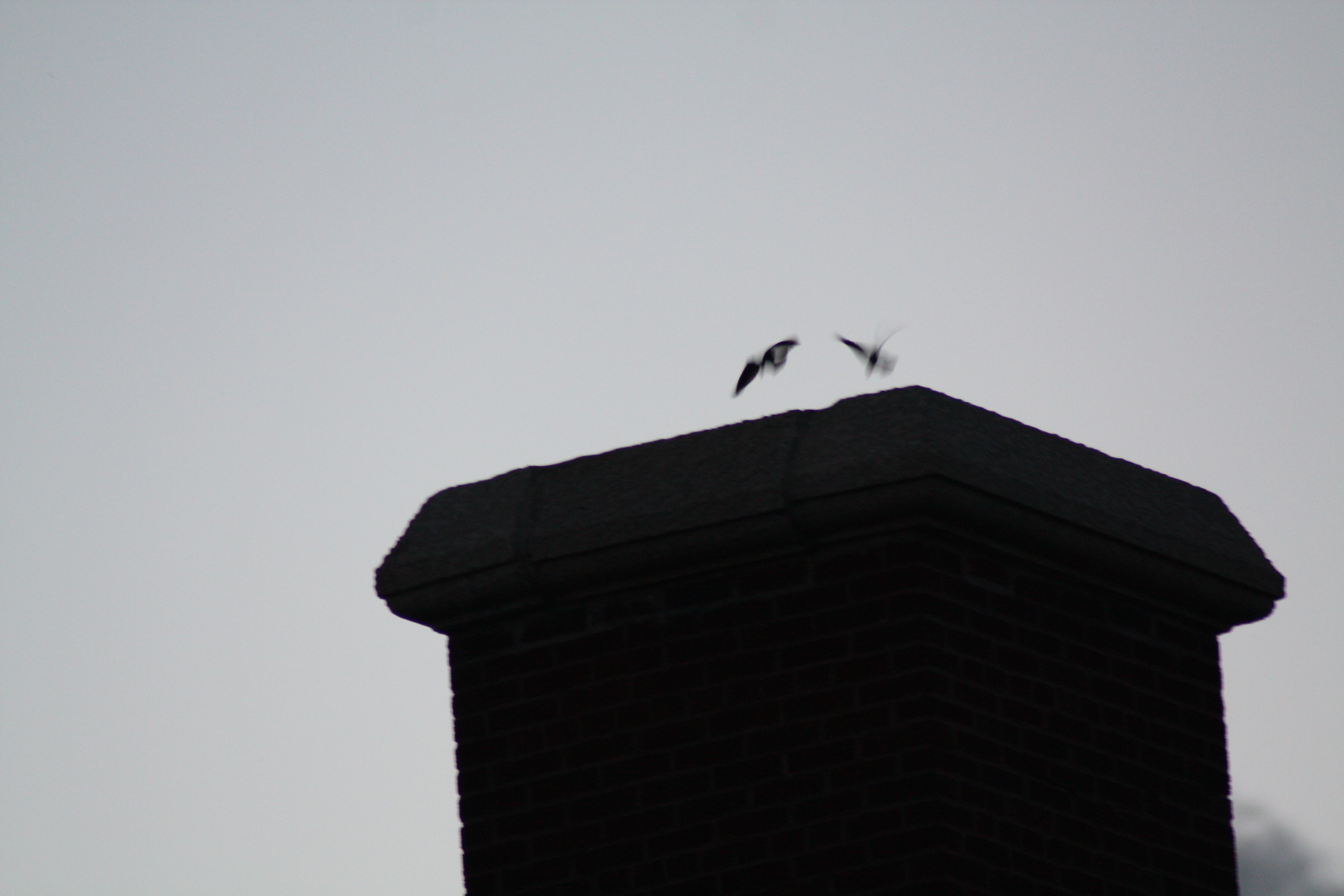
 We are heading into the home stretch…the end of July is in sight and the calendar is getting ready to flip over to August – our last full month with Chimney Swifts in Manitoba. It is time for a nest site update and a review of the remarkable developments made by our volunteers. Monitors continued to track nest site progress and roost site dynamics. The number of newly discovered active sites for our critical habitat registry has swollen in July. Here’s what happened…
We are heading into the home stretch…the end of July is in sight and the calendar is getting ready to flip over to August – our last full month with Chimney Swifts in Manitoba. It is time for a nest site update and a review of the remarkable developments made by our volunteers. Monitors continued to track nest site progress and roost site dynamics. The number of newly discovered active sites for our critical habitat registry has swollen in July. Here’s what happened… Unfortunately, there is a down side of up. Three of the five nest sites in St Adolphe failed in a rather catastrophic 2 day period. On July 15, the Brodeur Bros pair did not attend the chimney (Day 6, feeding brooded young). On July 16, the adults at both the NE Club Amical (Day 13, feeding non-brooded young) and Main St (Day 2?, possibly feeding brooded young) chimneys also stopped making daytime entries. Whether the nests were washed out by recent heavy downpours, or loosened then slipped on a time lag, or food supplies dwindled to critically low levels will be determined in the fall with a look into cleanout traps.
Unfortunately, there is a down side of up. Three of the five nest sites in St Adolphe failed in a rather catastrophic 2 day period. On July 15, the Brodeur Bros pair did not attend the chimney (Day 6, feeding brooded young). On July 16, the adults at both the NE Club Amical (Day 13, feeding non-brooded young) and Main St (Day 2?, possibly feeding brooded young) chimneys also stopped making daytime entries. Whether the nests were washed out by recent heavy downpours, or loosened then slipped on a time lag, or food supplies dwindled to critically low levels will be determined in the fall with a look into cleanout traps. Our on-the-road specialists, Frank and Jacquie, were down in Otterburne on July 18. There was a lot of action and all three chimneys on Providence College were in use: 2 swifts entered the chimney near the bell tower; 6 went in the Large Chimney – a lot of entry/exits before the roosting hour indicated feeding non-brooded with helpers onsite but 6 is an unlikely number for a nest site. The swifts were flying very low all night, making shallow exits, therefore, some events may have been missed; 4 swifts used the Skinny Chimney – with four consecutive entries to start session, many exit/entries, and four final consecutive roosting entries, a breeding pair plus 2 helpers was indicated.
Our on-the-road specialists, Frank and Jacquie, were down in Otterburne on July 18. There was a lot of action and all three chimneys on Providence College were in use: 2 swifts entered the chimney near the bell tower; 6 went in the Large Chimney – a lot of entry/exits before the roosting hour indicated feeding non-brooded with helpers onsite but 6 is an unlikely number for a nest site. The swifts were flying very low all night, making shallow exits, therefore, some events may have been missed; 4 swifts used the Skinny Chimney – with four consecutive entries to start session, many exit/entries, and four final consecutive roosting entries, a breeding pair plus 2 helpers was indicated. It should be noted that the artificial tower in Saint Adolphe is getting a lot of attention in recent days. It seems that the tower may not be attracting swifts, but it is attracting pocket monsters, or those looking for them. There have been more folks standing in front of that structure over the last two weeks than in its history!
It should be noted that the artificial tower in Saint Adolphe is getting a lot of attention in recent days. It seems that the tower may not be attracting swifts, but it is attracting pocket monsters, or those looking for them. There have been more folks standing in front of that structure over the last two weeks than in its history! To our monitor’s credit, new sites are still being discovered and reported. Adding to our habitat inventory, and registering his second new site of the season, John reported the use of an old warehouse chimney at 579 McDermot (City Centre area of Winnipeg). John was monitoring for over 2 straight hours to document the July 3rd activity, “This morning I went back at 10:40 AM and had the first entry at 11:23 AM and exit at 11:28. Had to wait till 12:29 PM for the second entry and 12:48 for the exit.” With an entry/exit exchange once an hour, incubation is indicated at a nest site. Excellent work John!
To our monitor’s credit, new sites are still being discovered and reported. Adding to our habitat inventory, and registering his second new site of the season, John reported the use of an old warehouse chimney at 579 McDermot (City Centre area of Winnipeg). John was monitoring for over 2 straight hours to document the July 3rd activity, “This morning I went back at 10:40 AM and had the first entry at 11:23 AM and exit at 11:28. Had to wait till 12:29 PM for the second entry and 12:48 for the exit.” With an entry/exit exchange once an hour, incubation is indicated at a nest site. Excellent work John!


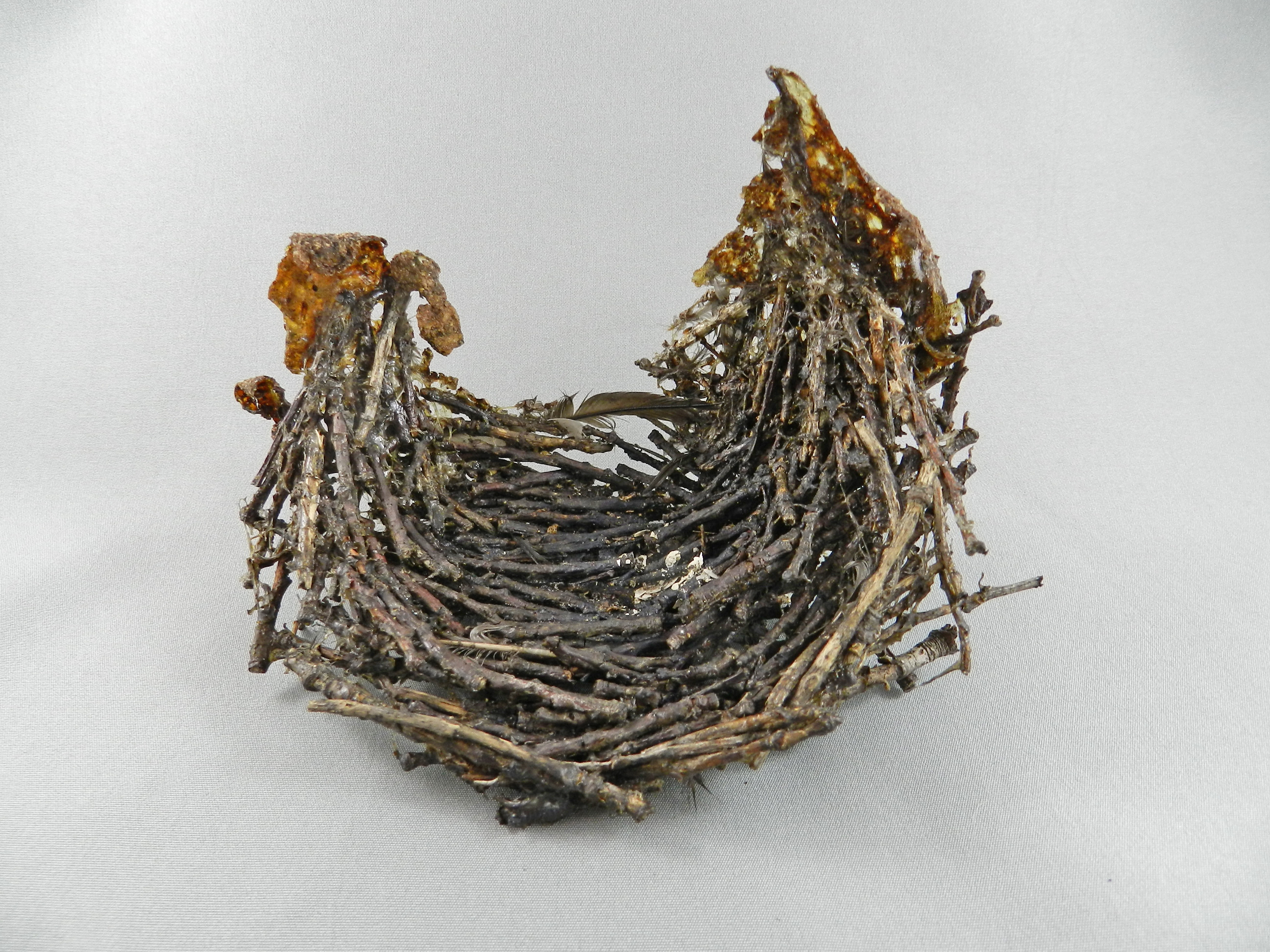


 It is worth repeating our monitoring mantra – look up, look fast, anytime, and everywhere! Chimney Swifts are dynamic, gregarious, speedy birds. Their behaviour can be difficult to predict and challenging to interpret. To help understand the dynamics of Chimney Swifts in Manitoba, we build a framework of knowledge and fill it with the “puzzle pieces” you provide. ALL of your data from monitoring sessions and opportunistic observations is of value!
It is worth repeating our monitoring mantra – look up, look fast, anytime, and everywhere! Chimney Swifts are dynamic, gregarious, speedy birds. Their behaviour can be difficult to predict and challenging to interpret. To help understand the dynamics of Chimney Swifts in Manitoba, we build a framework of knowledge and fill it with the “puzzle pieces” you provide. ALL of your data from monitoring sessions and opportunistic observations is of value!